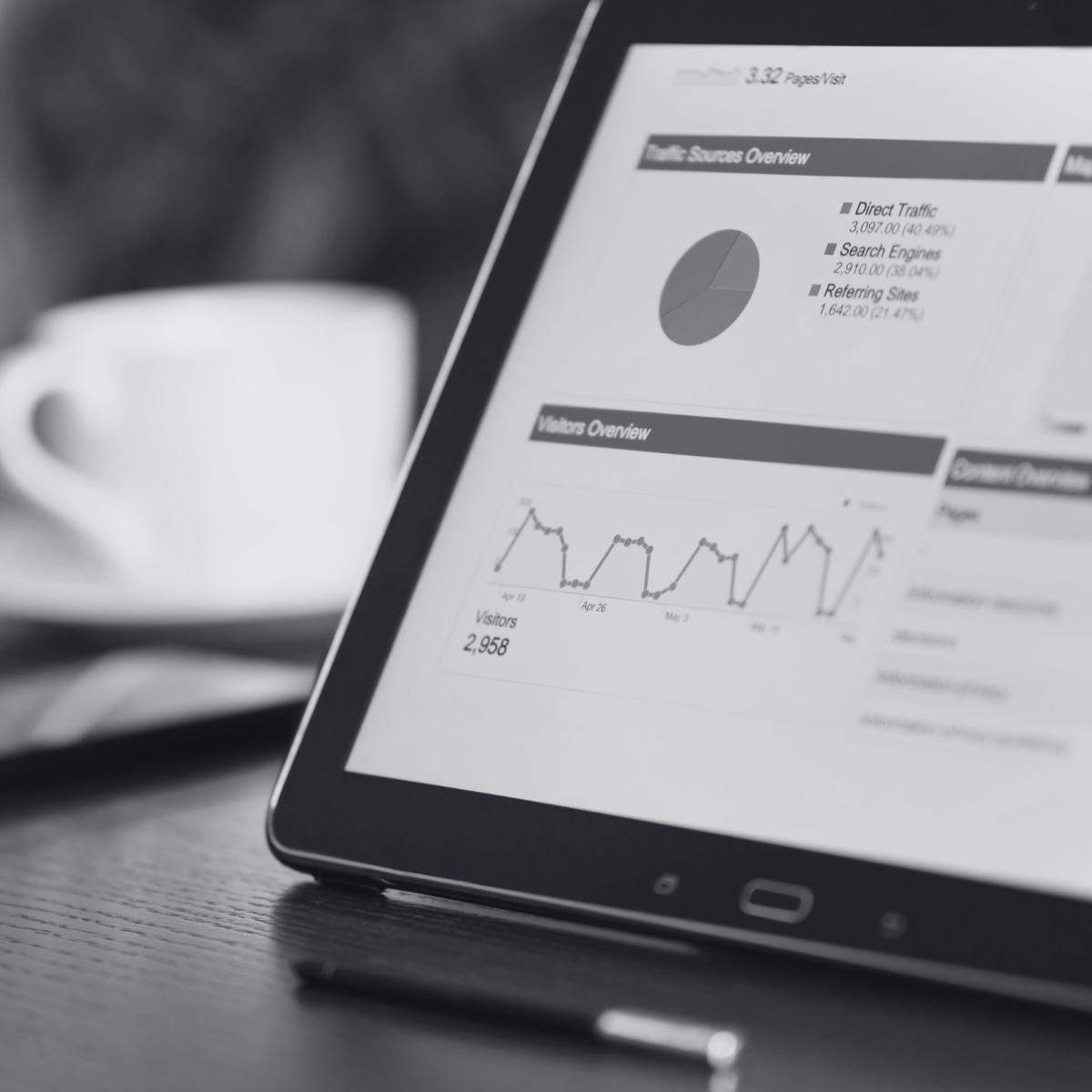In today’s dynamic business environment, financial modelling and scenario analysis have become indispensable tools for emerging privately owned businesses. These businesses, often new to strategic planning, face increasing complexity and market uncertainty—particularly with the recent trade tariffs proposed by the United States of America (USA). Financial modelling enables businesses to simulate various scenarios, helping them make strategic decisions with confidence. As advisers, knowing when and how to leverage financial modelling can significantly enhance the value you deliver to your clients.
Key Components
To implement financial modelling effectively, it’s essential to understand its core components:
- Historical Data Analysis: This involves analysing past financial statements to identify trends and patterns. Accurate historical data forms the foundation of any reliable financial model.
- Assumptions and Projections: Making informed assumptions about future performance based on historical data, market conditions, and industry trends. These projections assist in forecasting future financial outcomes.
- Scenario Analysis: Evaluating different scenarios to understand potential risks and opportunities. This includes best-case, worst-case, and most likely scenarios.
Top Three Tips to Share with Clients
- Leverage Real-Time Data: Encourage clients to use real-time data and analytics to make informed decisions quickly. This approach helps businesses adapt swiftly to market changes, enabling better decision-making and greater agility.
- Integrate Automation and AI: Recommend that clients incorporate AI and machine learning into their financial modelling processes. Automation reduces time spent on repetitive tasks, while AI algorithms enhance the accuracy of financial models.
- Utilise Cloud-Based Tools: Suggest cloud-based FP&A tools for scalable, collaborative, and flexible financial planning solutions. These tools provide access to critical financial data anytime, anywhere, and support cross-departmental collaboration.
Key Questions to Get the Conversation Started
- How are you currently using financial data to inform your strategic decisions?
- What are the key uncertainties your business is facing, and how are you planning for them?
- Have you considered the potential impact of recent trade tariffs on your financial projections?
By focusing on these areas, partners can help their clients navigate the complexities of financial modelling and scenario analysis—ultimately driving business success in an uncertain market.



.png)
-1.png)
-1.png)

.png)
.png)
.png)
-1.png)
-1.png)
-1.png)
-1.png)







